If you are looking for a once-in-a-lifetime wildlife experience, you can’t go wrong with a close encounter with African elephants. These gentle giants are one of the most iconic animals on the continent and getting up close and personal with them is an experience you will never forget.
There are several ways to have a close encounter with elephants in Africa. One option is to go on a walking safari, where you can follow the elephants as they go about their daily business. This allows you to observe their behavior and interactions with each other in a way that you can’t from a vehicle. Another option is to visit one of the many elephant sanctuaries in Africa, where you can interact with these magnificent creatures in a safe and controlled environment.
However, it’s important to remember that elephants are wild animals and can be dangerous if not treated with respect. It’s crucial to follow the guidance of your guide and be aware of the elephant’s body language. With the right precautions, a close encounter with African elephants can be a truly magical experience that you will cherish for the rest of your life.
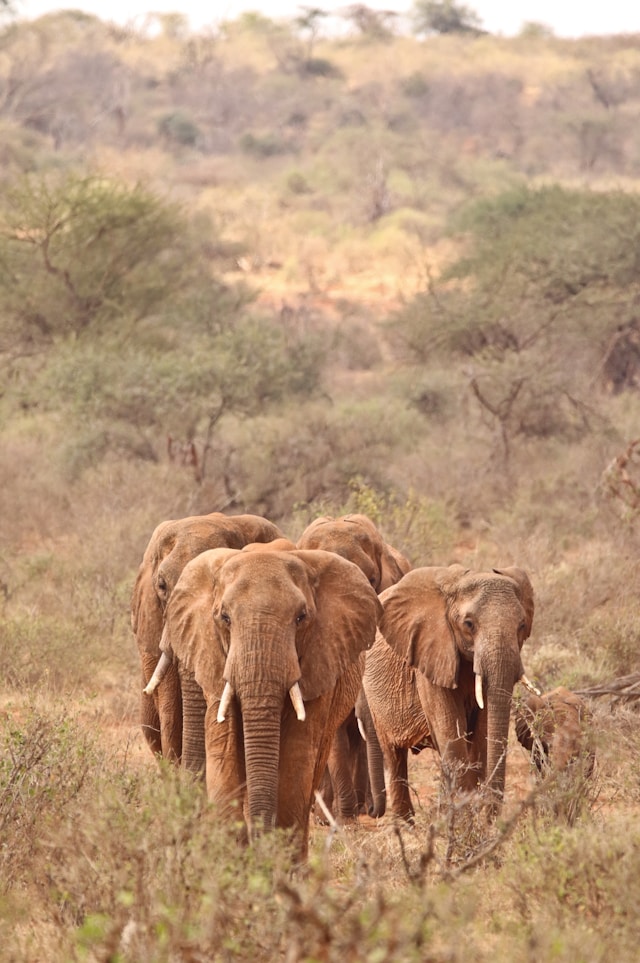
Elephant Behavior
African elephants are highly intelligent and social animals that exhibit complex communication and social structures. Understanding their behavior is crucial for safe and enjoyable close encounters with these magnificent creatures.
Communication and Social Structure
Elephants communicate with each other through a variety of vocalizations, body language, and chemical signals. They use infrasonic calls to communicate over long distances, and they can even detect these low-frequency sounds through their feet. Elephants also use their trunks to touch and smell each other, which helps them identify individuals and assess their emotional state.
Elephants live in matriarchal societies led by a dominant female known as the matriarch. The matriarch is responsible for making decisions about the group’s movements and foraging behavior. The other females in the group are usually her daughters, sisters, and nieces, and they form close bonds with each other. Male elephants leave the herd when they reach puberty and form bachelor groups or live alone.
Foraging and Movement Patterns
Elephants are herbivores that eat a variety of vegetation, including grasses, leaves, bark, and fruits. They are known to travel long distances in search of food and water, and they can consume up to 300 pounds of vegetation per day. Elephants also play an important role in shaping their environment by uprooting trees and creating clearings that allow new vegetation to grow.
Elephants are capable of moving silently through their environment, and they are known to use their large ears to detect sounds from long distances. They also have an excellent memory and are able to navigate through their environment using landmarks and spatial memory.
In conclusion, understanding elephant behavior is key to having a safe and enjoyable close encounter with these magnificent creatures. By respecting their social structure, communication methods, and movement patterns, you can gain a deeper appreciation for these amazing animals.
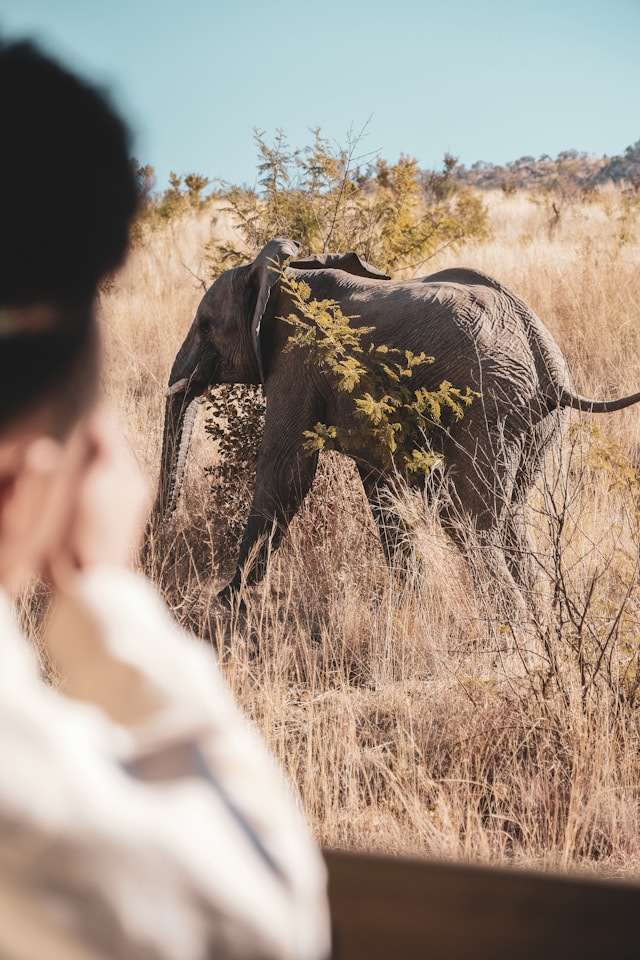
Human-Elephant Interactions
African elephants are fascinating creatures that draw tourists from all over the world. However, close encounters with these majestic animals can be dangerous if not handled properly. In this section, we will discuss some guidelines for observing elephants in their natural habitat and strategies for coexisting with them.
Tourism and Observation Guidelines
When observing elephants in the wild, it’s important to remember that they are wild animals and should be treated with respect. Here are some guidelines to keep in mind:
- Keep a safe distance: Elephants can charge suddenly and without warning, so it’s important to maintain a safe distance. Experts recommend staying at least 100 feet away from elephants at all times.
- Don’t block their path: If you come across a group of elephants, don’t try to block their path or get in between them. Move out of their way and let them pass.
- Keep quiet: Loud noises can startle elephants and cause them to become agitated. When observing elephants, keep your voice down and avoid sudden movements.
- Don’t feed them: Feeding elephants can be dangerous for both you and the elephants. It can also lead to elephants becoming dependent on humans for food, which can lead to conflict.
Conflict and Coexistence Strategies
Human-elephant conflict is a major issue in many parts of Africa. As human populations expand and encroach on elephant habitat, conflicts are becoming more frequent. Here are some strategies for coexisting with elephants:
- Electric fences: Electric fences can be an effective way to keep elephants out of crops and other areas where they are not wanted.
- Crop rotation: Planting crops that elephants don’t like can be an effective way to reduce crop raiding.
- Elephant corridors: Creating corridors that allow elephants to move between different areas without coming into contact with humans can help reduce conflict.
- Education: Educating people about elephant behavior and how to coexist with them can help reduce conflict and promote peaceful coexistence.
By following these guidelines and strategies, you can safely observe African elephants in their natural habitat and help reduce human-elephant conflict.
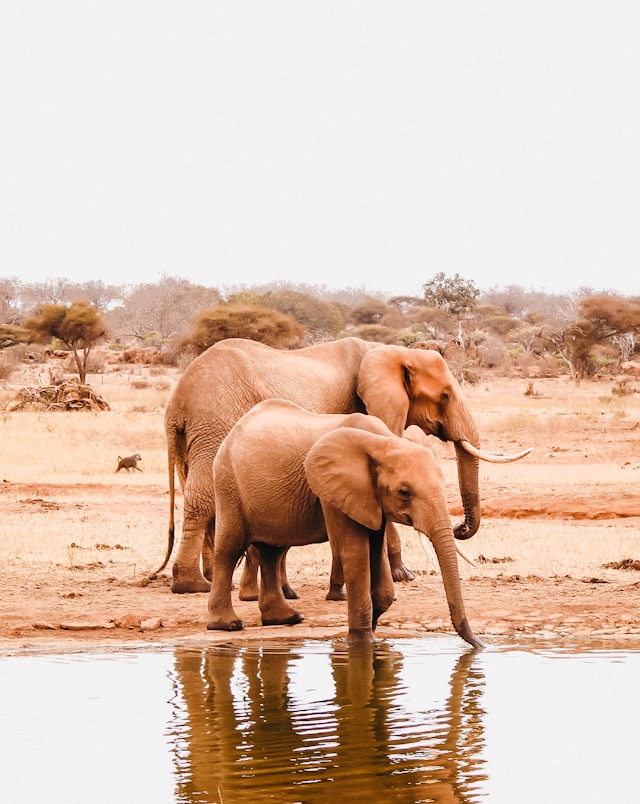
Conservation Efforts
African elephants are classified as endangered and critically endangered species due to poaching for ivory and loss of habitat. However, several conservation efforts are underway to protect these majestic creatures.
Protecting Habitats
The African Wildlife Foundation (AWF) is working with rural communities to ensure human-elephant coexistence. AWF is partnering with local communities to provide land outside of protected areas for elephants, reducing their contact with humans and competition for resources. This approach has significantly reduced conflict between humans and elephants.
Anti-Poaching Initiatives
The AWF is also conserving elephants by supporting rangers and scouts who protect highly endangered animals from poachers. The organization provides and facilitates training in surveillance, tracking, wilderness survival, and other essential skills to these rangers.
In addition, the KAZA (Kavango-Zambezi) Transfrontier Conservation effort is working towards protecting elephants by anchoring Botswana, which holds the largest contiguous elephant population on the continent. The success of this initiative reflects government collaboration across borders and works with local communities.
Overall, these conservation efforts are making significant progress towards protecting African elephants. By protecting their habitats and implementing anti-poaching initiatives, we can ensure the survival of these majestic animals for future generations.
Safety Measures
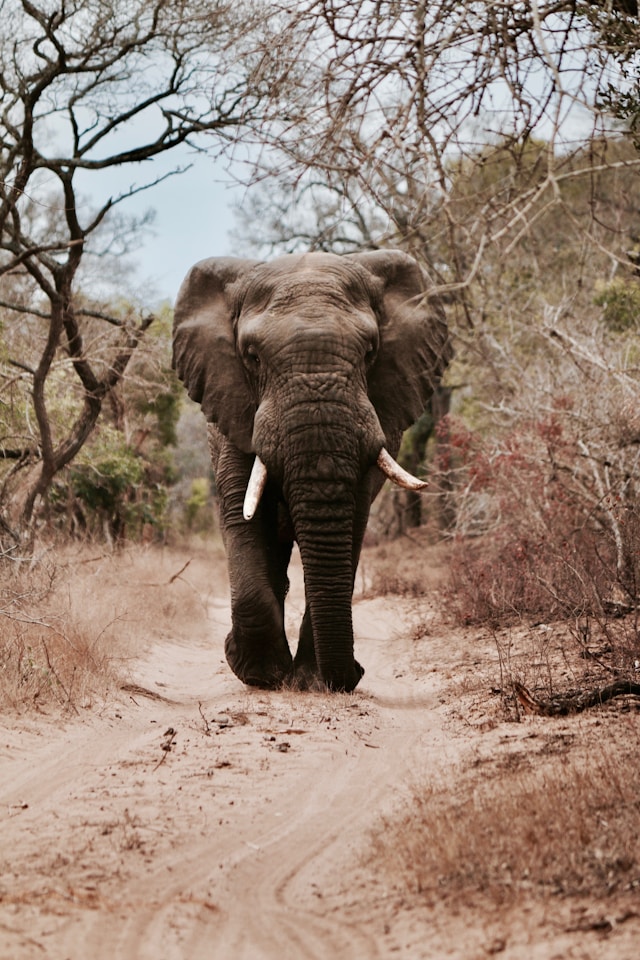
Encounter Do’s and Don’ts
If you encounter an African elephant in the wild, it’s important to know what to do and what not to do. Here are some do’s and don’ts to follow:
Do’s
- Stay calm and avoid sudden movements. Speak softly and move away slowly if the elephant is blocking your path.
- Keep a safe distance of at least 100 feet from the elephant. If you’re in a vehicle, stay at least 200 feet away.
- Watch the elephant’s body language. If it flaps its ears, raises its trunk, or trumpets, it may be agitated and you should move away quickly.
- If you’re in a vehicle, turn off the engine and avoid loud noises or flashing lights that may startle the elephant.
Don’ts
- Don’t approach the elephant or try to touch it. African elephants are wild animals and can be dangerous if provoked.
- Don’t run away or make sudden movements. This can trigger the elephant’s instinct to chase and attack.
- Don’t get between a mother elephant and her calf. This can provoke a defensive response from the mother.
Emergency Procedures
In case of an emergency, it’s important to know what to do to protect yourself and others. Here are some emergency procedures to follow:
- If an elephant charges at you, try to find cover behind a tree or a rock. If there’s no cover, run away in a zigzag pattern to make it harder for the elephant to catch you.
- If you’re in a vehicle, stay inside and keep the windows closed. African elephants are known to attack vehicles, but they’re less likely to do so if they can’t see or smell you.
- If someone is injured by an elephant, seek medical attention immediately. Elephant attacks can be fatal, and it’s important to get medical help as soon as possible.
By following these safety measures, you can enjoy a close encounter with African elephants while minimizing the risks.
Personal Stories
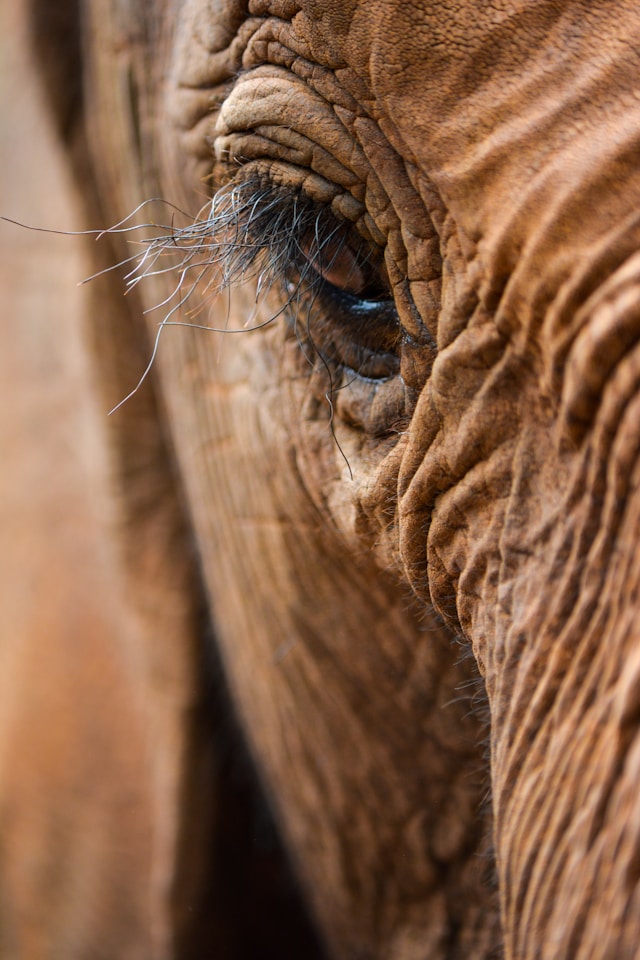
Memorable Encounters
If you are lucky enough to have a close encounter with African elephants, it will be an experience that you will never forget. One traveler shared their story of arriving back at Naledi Game Lodge in South Africa for their third time, with only one wish – to be surrounded by elephants and have a memorable and ethical encounter. They were yearning to have more time with their favorite animal, observing it in its natural habitat. [1]
Another traveler had a memorable encounter with an African elephant in Zimbabwe. They were on a walking safari when they suddenly came across a group of elephants. One of the elephants approached them, and they were able to observe it from a very close distance. They could hear the elephant’s breathing and feel its presence. It was an unforgettable experience that left a lasting impression on them. [2]
Lessons Learned
While close encounters with African elephants can be a thrilling experience, it is important to remember that they are wild animals and should be treated with respect. One lesson that travelers have learned is that it is important to keep a safe distance from the elephants. Even though they may seem calm and docile, they can become aggressive if they feel threatened or if their young are in danger. It is also important to remember not to approach the elephants too closely or to try to touch them. [1]
Another lesson that travelers have learned is the importance of ethical encounters with elephants. It is important to choose tour operators and lodges that have a strong commitment to ethical and responsible tourism. This means that they prioritize the well-being of the elephants and their natural habitat, and they do not engage in activities that harm or exploit the animals. By choosing ethical encounters, travelers can have a positive impact on the conservation of African elephants and their ecosystems. [2]

Leave a Reply